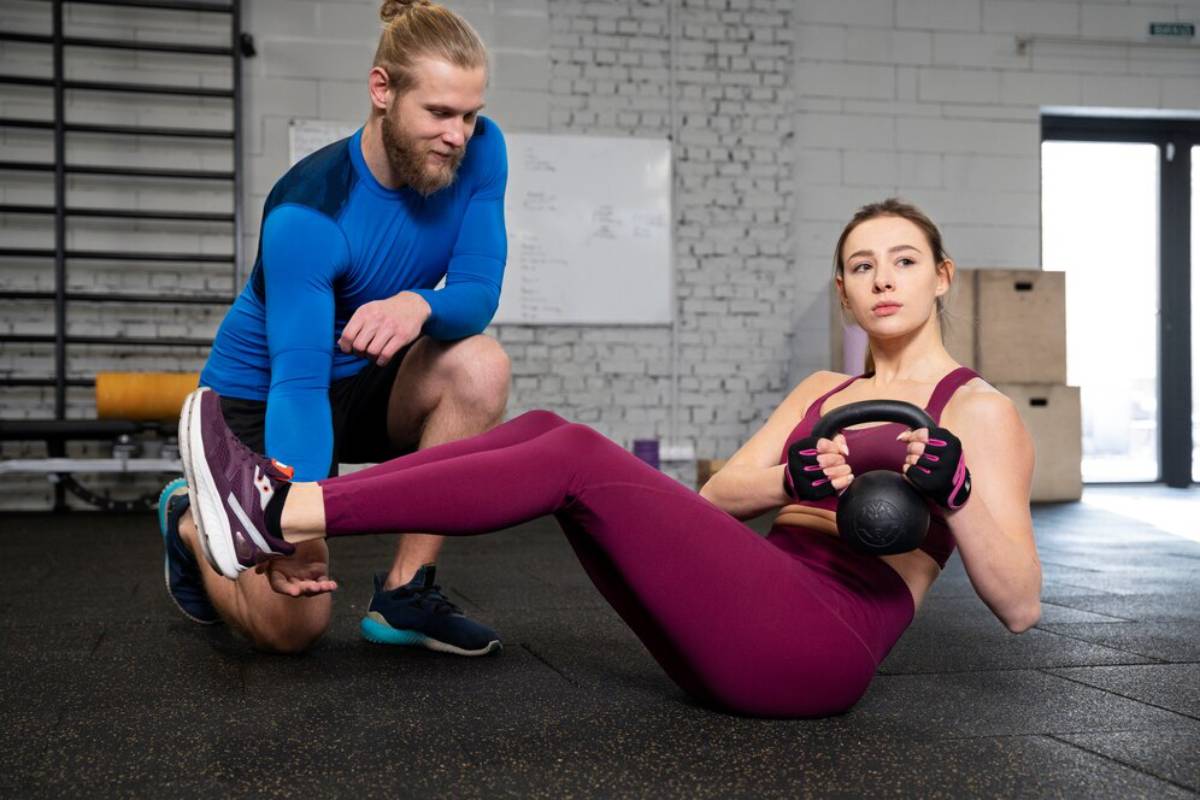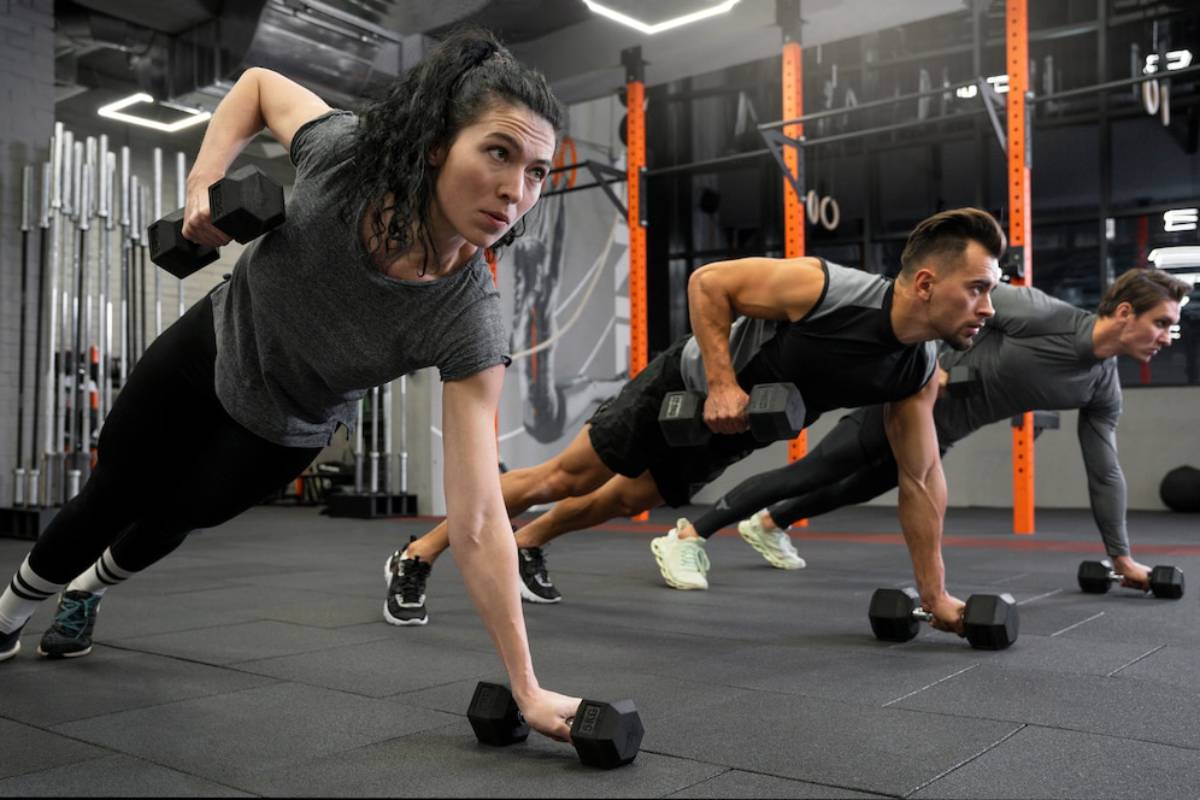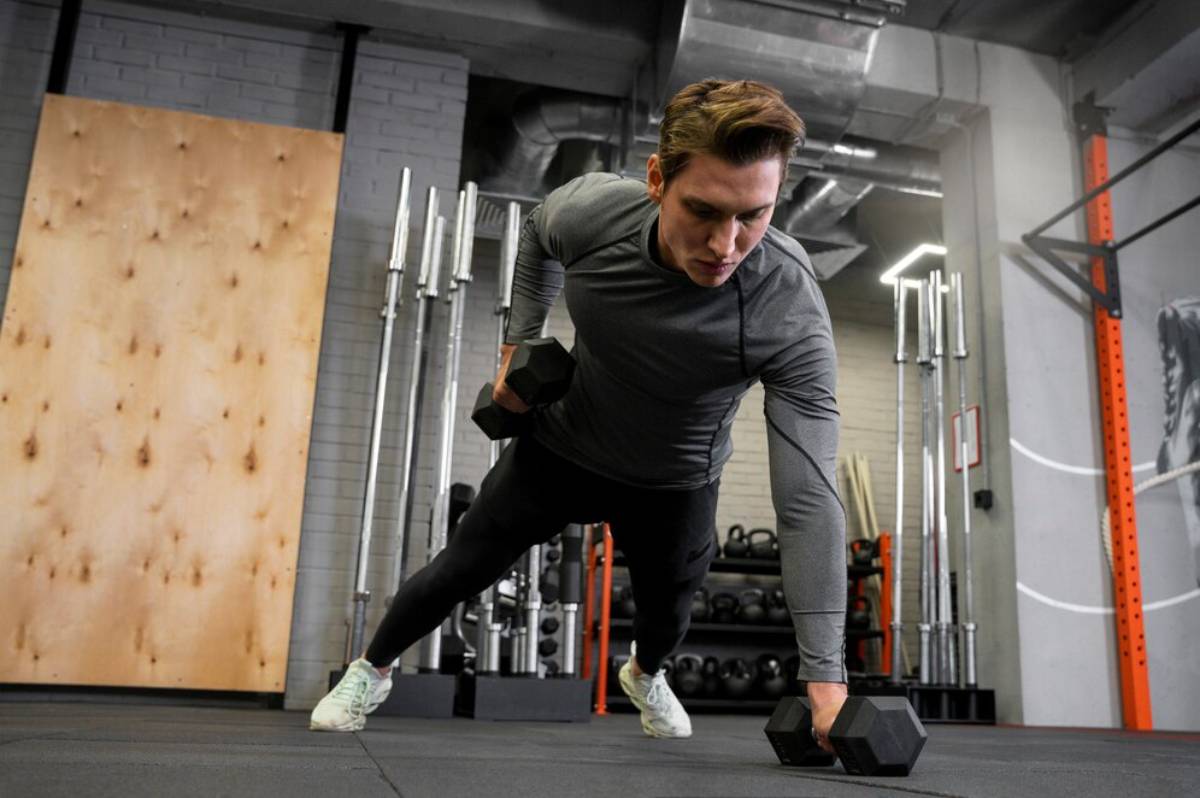
Benefits of Functional Training for Everyday Life
Fitness isn’t just about looking good—it’s about moving better and feeling stronger in everyday life. You need strength, mobility, and endurance for daily tasks. Your body needs these skills for everyday tasks. Whether you’re lifting groceries, climbing
This is where functional training comes in. Functional training differs from traditional bodybuilding. Instead of isolating muscles, it uses multi-joint, compound movements. These movements mimic real-life activities.
In this article, we’ll explore:
- What functional training is
- Its key benefits for daily life
- The best functional exercises to incorporate into your workouts
To move better, avoid injuries, and boost fitness, focus on functional training.
What is Functional Training?

Functional training builds strength in the muscles we use daily. It involves:
- Multi-joint movements that engage multiple muscle groups at once
- Core stabilisation to improve posture and balance
- Mobility and flexibility to enhance range of motion
- Explosive and endurance-based exercises to build real-world strength
Functional training focuses on natural, dynamic movements. Unlike machines, it helps your body become more resilient and efficient in daily life.
Examples of Functional Movements:
- Squatting (standing up from a chair, picking up objects)
- Pushing and pulling (opening doors, carrying heavy bags)
- Lunging and stepping (climbing stairs, walking on uneven terrain)
- Rotational movements (twisting to grab something, sports activities)
Key Benefits of Functional Training for Everyday Life
1. Enhances Strength for Daily Activities
Functional exercises help your body move better when lifting things. This makes daily tasks simpler.
How It Helps:
- Carrying heavy grocery bags becomes effortless
- Bending down to tie your shoes feels natural and pain-free
- Lifting furniture or heavy objects becomes safer and easier
Best Functional Strength Exercises:
- Deadlifts (mimics picking up heavy objects)
- Farmer’s carries (improves grip and core strength for carrying)
- Push-ups (enhances upper-body strength for pushing movements)
2. Improves Balance and Stability
Good balance isn’t just for athletes—it’s essential for avoiding falls and injuries in daily life.
How It Helps:
- Walking on uneven surfaces, like grass, stairs, or ice, feels more controlled
- Prevents falls by improving stability and body awareness
- Strengthens small stabiliser muscles in the core, hips, and ankles
Best Exercises for Balance and Stability:
- Single-leg squats (train unilateral strength and coordination)
- Bosu ball training (challenges stability in different positions)
- Planks with arm/leg lifts (engages core for better posture and balance)
3. Reduces Risk of Injury
Traditional gym workouts often focus on isolated muscles, leading to imbalances. Functional training, on the other hand, strengthens movement patterns, reducing injury risks.
How It Helps:
- Corrects muscle imbalances that lead to pain and strain
- Strengthens joint stability to prevent sprains and overuse injuries
- Enhances coordination and proprioception (body awareness) to avoid accidents
Best Injury-Prevention Exercises:
- Hip bridges (strengthens glutes and lower back for spinal health)
- Turkish get-ups (teaches safe lifting mechanics)
- Resistance band exercises (improves joint health with controlled movements)
4. Enhances Core Strength and Posture
A strong core is more than just abs—it supports your entire body in daily movements.
How It Helps:
- Reduces lower back pain from prolonged sitting or standing
- Improves posture, preventing neck and shoulder strain
- Enhances spinal alignment, making movement more efficient
Best Core-Strengthening Functional Exercises:
- Planks (builds deep core stability)
- Russian twists (improves rotational strength for daily activities)
- Dead bugs (trains core coordination and endurance)
5. Boosts Mobility and Flexibility
Tight muscles limit movement and increase the risk of injury. Functional training improves flexibility while keeping the body strong and agile.
How It Helps:
- Makes bending, twisting, and reaching easier
- Prevents stiffness from prolonged sitting
- Enhances range of motion for pain-free movement
Best Mobility Exercises:
- Dynamic lunges (stretches and strengthens hips)
- Shoulder dislocates (improves overhead mobility)
- Cat-cow stretches (enhances spinal flexibility)
6. Increases Cardiovascular Endurance
Functional training incorporates dynamic, full-body movements, improving heart health and stamina.
How It Helps:
- Walking long distances or climbing stairs feels effortless
- Increases energy levels throughout the day
- Supports heart health and circulation
Best Functional Cardio Workouts:
- Jump squats (builds explosive power and endurance)
- Kettlebell swings (full-body conditioning)
- Battle ropes (enhances strength and cardiovascular fitness)
How to Incorporate Functional Training into Your Routine
1. Replace Isolation Movements with Compound Exercises
Choose multi-joint exercises instead of machine-based ones like leg curls or bicep curls. These movements engage several muscles at the same time.
- Instead of leg curls, try squats or lunges
- Instead of bicep curls, try pull-ups or rows
- Instead of a seated shoulder press, try a standing overhead press
2. Use Bodyweight and Free Weights
Functional training focuses on natural movement. So, use bodyweight exercises, kettlebells, and dumbbells instead of machines.
- Squats, lunges, and push-ups
- Kettlebell swings and farmer’s carries
- Medicine ball slams and dynamic stretches
3. Train Movements, Not Just Muscles
Rather than isolating muscles, focus on movement patterns that mimic daily life.
- Squat and hinge movements (lifting)
- Pushing and pulling exercises (carrying and opening doors)
- Rotational movements (twisting and bending)
4. Focus on Core Activation in Every Workout
A strong core is the foundation of functional movement. Engage your abdominal muscles during every exercise to improve overall strength.
- Keep your core tight during squats and deadlifts
- Incorporate anti-rotation exercises like Pallof presses
- Prioritise unilateral movements to correct imbalances
Conclusion: Benefits of Functional Training for Everyday Life

Functional training is for everyone, not just athletes. It helps you move better, feel stronger, and reduce the risk of injuries in daily life. Functional training boosts strength, balance, mobility, and endurance. It focuses on real-world movement patterns.
Key Takeaways:
- Functional exercises enhance everyday strength and movement
- Improves balance, core stability, and posture
- Reduces injury risk by correcting movement imbalances
- Boosts mobility and flexibility for pain-free motion
- Supports heart health and endurance with dynamic workouts
Adding functional training to your routine helps you get fitter. It also makes daily movements easier and more efficient.